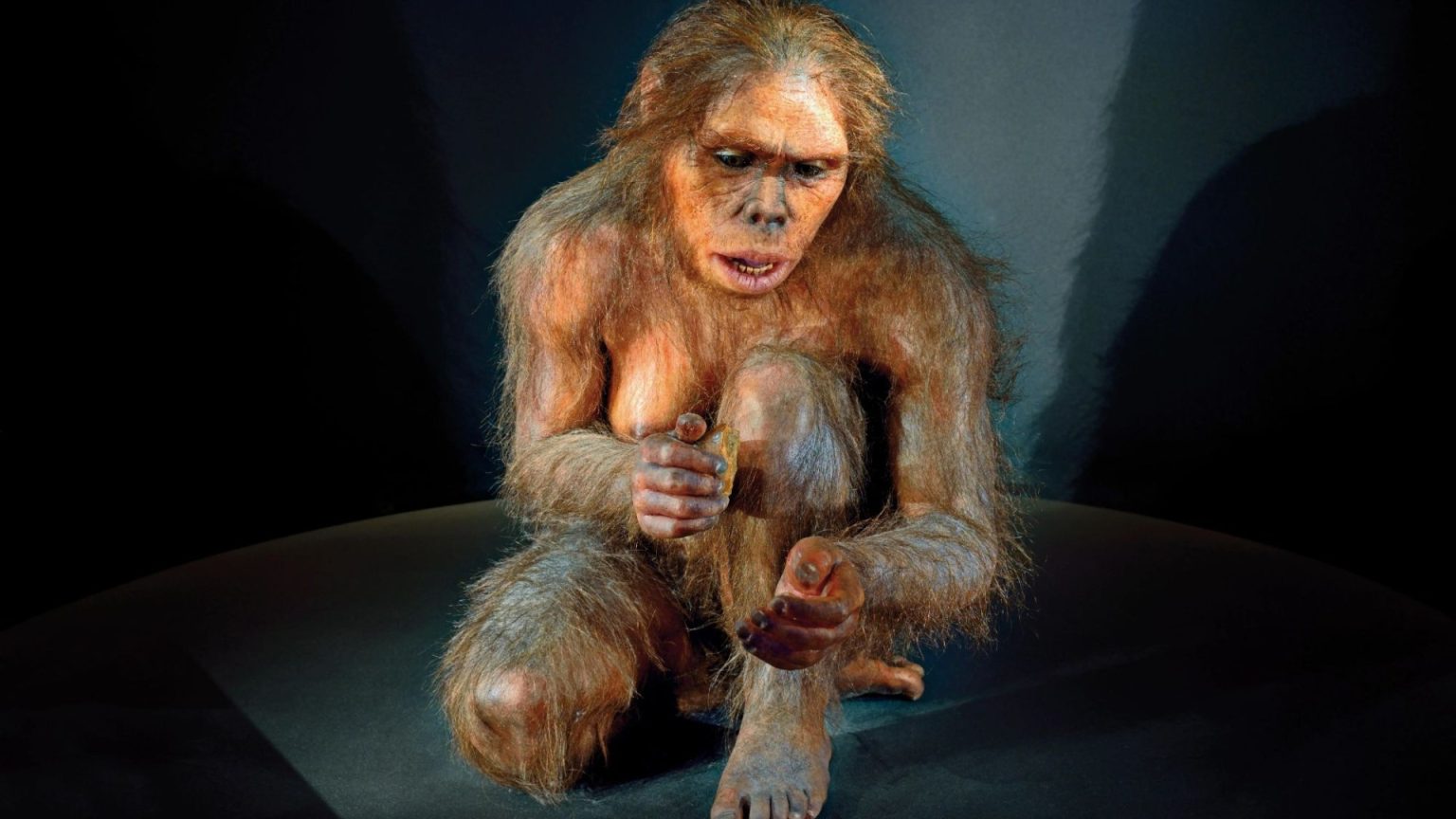The discovery of three-million-year-old razor-sharp stone flakes in Kenya’s Homa Peninsula, a region renowned as “the cradle of humankind,” offers unprecedented insights into the technological ingenuity of early hominins. These tools, part of the Oldowan tool kit, are the oldest recorded stone utilities, predating previous discoveries and pushing back the timeline for complex tool use. Their presence signifies a pivotal moment in human evolution, marking a shift in dietary habits and potentially driving significant biological changes. The Homa Peninsula is also significant for the discovery of Lucy, a 3.2-million-year-old Australopithecus afarensis skeleton, further establishing the area’s importance in understanding human origins.
The flakes, likely fashioned by striking stones together, were not only used for peeling vegetables but also possibly for cutting flesh from prey. This multi-purpose functionality underscores the resourcefulness of early hominins and their ability to adapt to their environment. The sharpness of the flakes, even after millions of years, testifies to the sophisticated craftsmanship and understanding of material properties possessed by these early toolmakers. The implications of this discovery are profound, as they suggest a much earlier development of technological skills than previously thought.
Archaeologist Tom Plummer highlights the significance of Oldowan technology, describing it as “the most important technological innovation that ever happened in human history.” He emphasizes how these tools enabled access to a wider variety of food sources, possibly triggering evolutionary changes, including brain development. This dietary shift, facilitated by tool use, potentially created a selective pressure favoring larger brains and increased cognitive abilities, setting the stage for further technological advancements. The cascade of innovations stemming from this initial tool use likely shaped the trajectory of human evolution.
The tools also shed light on the lifestyle and resourcefulness of the hominins inhabiting the region some three million years ago. The ability to process food more efficiently would have offered a significant survival advantage, potentially leading to increased population density and the development of more complex social structures. The discovery underscores the importance of technology as a driving force in human evolution, shaping not only our diet but also our social and cognitive development. This discovery further reinforces the importance of studying early tool use to understand the broader context of human evolution.
The implications of this discovery extend beyond the practical aspects of food processing. The development of tools signifies a leap in cognitive abilities, requiring foresight, planning, and an understanding of cause and effect. The ability to imagine a desired outcome and then create the tools necessary to achieve it represents a significant advance in abstract thought and problem-solving skills. This cognitive development was likely a crucial factor in the subsequent evolution of language, culture, and other uniquely human traits.
Finally, the discovery highlights the precarious nature of our evolutionary journey. As Rick Potts, a leader in human origins research, notes, humans are “the last biped standing,” a reminder of the numerous hominin lineages that have gone extinct. The tools found in Kenya offer a glimpse into the lives of our distant ancestors, underscoring the long and complex path that led to modern humans. They serve as a testament to the ingenuity and adaptability that have characterized our species since its earliest beginnings, while also highlighting the fragility of our existence in the face of environmental and evolutionary pressures.











